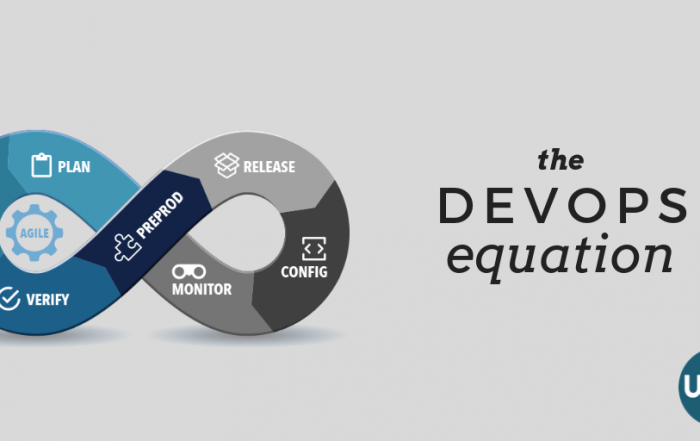Fast, reliable, and efficient cloud development with DevOps for Azure

The advantages of leveraging DevOps practices are numerous, but DevOps is more than just a methodology, it requires a cultural shift within your organization. With a DevOps culture, IT teams work together across your organization to deliver software faster and more reliably. WSM offers solutions to support your DevOps journey with Azure, including consulting, implementation, and management. We’re here to help.
Advantages of Adopting DevOps for Azure
WSM’s DevOps for Azure
WSM offers an end-to-end suite of offerings to bring the value of DevOps for Azure into your organization.
According to the 2018 State of DevOps Report by Puppet and Splunk, highly evolved DevOps organizations are:
MORE RESOURCES
Why You Should Build Cloud Automation into Your Migration Plan
While your team is planning a migration, thinking about how you will optimize your new cloud landscape will help you take advantage of the efficiencies that the cloud has to offer, including cloud automation. A great cloud infrastructure makes use of a good cloud platform and a custom-built cloud automation framework that helps your team focus on high-value work, and not day-to-day tedium.
Building a DevOps Roadmap
DevOps isn’t a new concept, but as organizations realize the need for more frequent and efficient releases, there has never been a better time to start your digital transformation journey. At the core of DevOps is a shift to continuous deployment and delivery, which results in faster time to market. The benefits are numerous, but how do you get there? The answer lies with building a DevOps roadmap that will help guide you to a full DevOps experience.
Why understanding the DevOps equation is critical to a successful DevOps program
When implementing a DevOps culture, a focus on tools is destined to fail. Why? Because of the DevOps Equation. The DevOps Equation tells us that DevOps Success = Quality x Acceptance. Therefore, you could have a perfectly designed solution, but if it isn’t accepted by all of the stakeholders, then it is not going to be of much value to the organization, and it will eventually fail.




